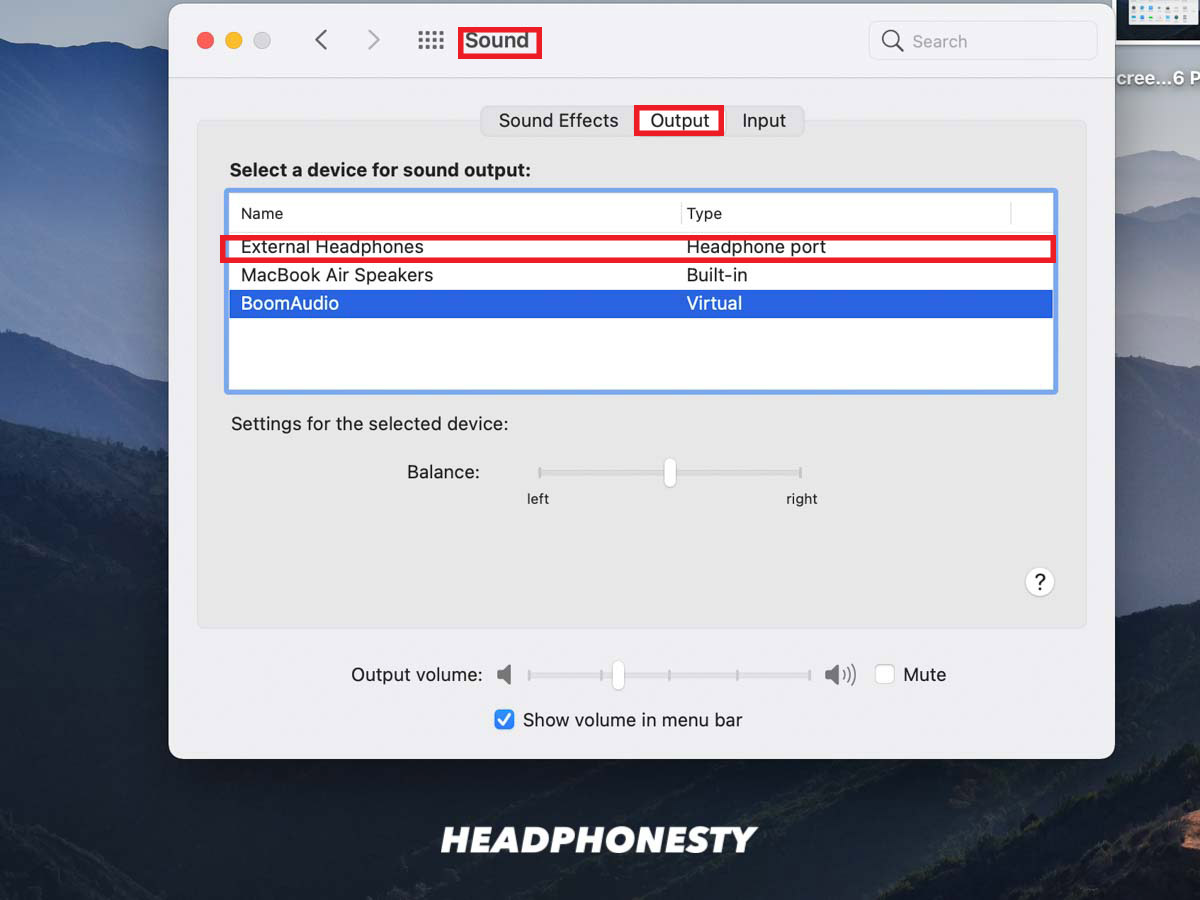How To Make Your Microphone Sound Better

How to Make Your Microphone Sound Better: A Comprehensive Guide
If you’re looking for ways to make your microphone sound better, you’ve come to the right place. Whether you’re a professional musician, a budding YouTuber, or just someone who likes to record audio, this guide is designed to help you get the most out of your microphone. We’ll cover everything from microphone basics to advanced topics like EQ and compression. By the end of this article, you’ll have the knowledge and tools you need to make your microphone sound its best.
Understanding Microphones
In order to make your microphone sound better, it’s important to have a basic understanding of how microphones work. A microphone is a transducer—a device that converts one form of energy into another. In this case, it converts sound waves into an electrical signal. The microphone contains a diaphragm that vibrates in response to sound waves, which in turn causes a coil of wire to move. This movement creates an electrical current, which is then sent to an amplifier or sound recording device.
Types of Microphones
There are several different types of microphones available, each of which has its own strengths and weaknesses. Dynamic microphones are great for capturing vocals and instruments, while condenser microphones are better suited for recording acoustic instruments. Ribbon microphones are often used for recording choirs and orchestras, while lavalier microphones are often used for recording interviews, podcasts, and other spoken audio. It’s important to choose the right type of microphone for the job you’re doing.
Position and Placement
Once you’ve chosen the right type of microphone for the job, it’s important to make sure you’re positioning and placing it correctly. Every microphone has a “sweet spot”—the ideal distance and angle from the sound source that will produce the best sound quality. It’s important to experiment with different positions and angles to find the sweet spot for your microphone.
Using EQ and Compression
EQ (equalizer) and compression are two of the most powerful tools for shaping the sound of your microphone. EQ can be used to boost or cut certain frequencies, while compression can be used to reduce the dynamic range of a sound source. Both of these tools can help you create a fuller, more balanced sound with your microphone. It’s important to remember though that too much EQ or compression can cause your audio to sound muddy or muffled, so it’s important to use them sparingly.
Using Effects
Effects can be used to add depth and texture to your recordings. Reverb is a popular effect that can be used to simulate the sound of a larger space, while delay can be used to create a “slapback” effect. Other effects such as chorus, flange, and phaser can also be used to add color and interest to your recordings.
Using Noise Reduction
Noise reduction is a vital tool for getting the most out of your recordings. It can be used to reduce unwanted background noises, such as traffic, fans, or other equipment. There are several different types of noise reduction software available, each of which can help you get the most out of your recordings.
Conclusion
Making your microphone sound better is an essential part of any audio production. From choosing the right type of microphone to using EQ, compression, effects, and noise reduction, there are a number of different tools and techniques you can use to get the most out of your recordings. By following the advice in this guide, you’ll be able to make your microphone sound its best.

Image :
youtube.com
Additional Info Video
If you're wanting to know more about the theme covered in this write-up, I suggest watching the video below. In this footage, you'll obtain extra insights and details on the subject, as well as visual aids of some of the key points and ideas covered in the article. You'll also have the opportunity to hear from professionals in the field and interact with fellow viewers who are interested in the same topic. Whether you're looking to broaden your knowledge of the subject or simply want to explore it further, this footage is a helpful resource for anyone enthusiastic in acquiring more information. So, if you want to acquire a more comprehensive understanding of the topic, make sure to watch the video below. It's guaranteed to give you the perspective and knowledge you need to deepen your understanding and expertise.
To sum up, About this topic How To Make Your Microphone Sound Better our hope is that you have found the insights presented helpful and informative. We realize that our environment is continuously developing, and remaining updated with current advancements can be challenging. That's why we make it our mission to present our readers with the most information available. Your feedback is vital to us, therefore please feel free to drop feedback in the section below. Thank you for your readership and invite you to explore other posts on our website to widen your knowledge even more. Thank you for being a member of our community!

Post a Comment for "How To Make Your Microphone Sound Better"